Top Things to Know Before Buying a Small Greenhouse
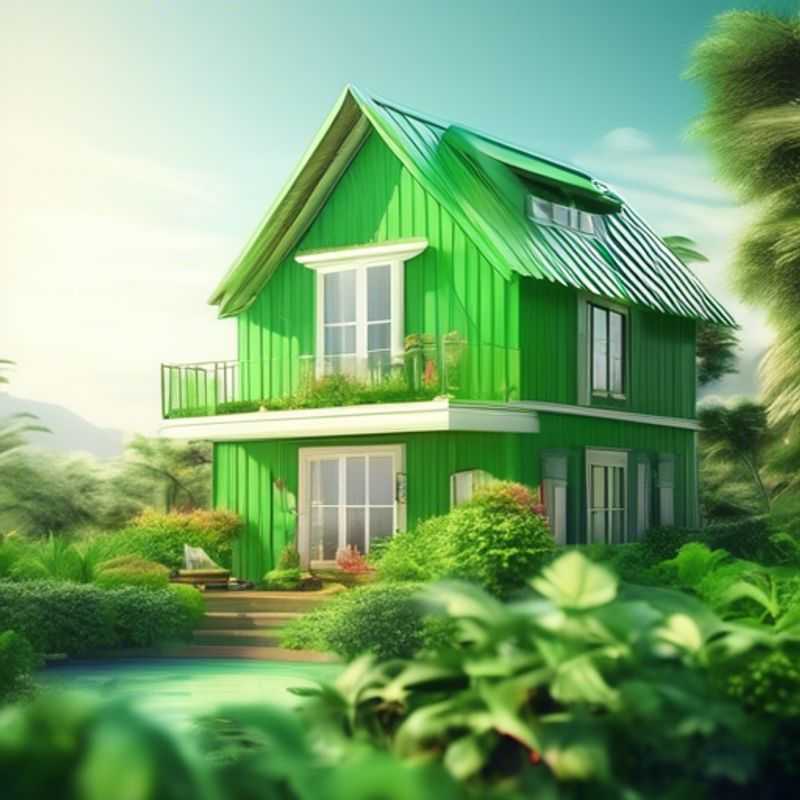
Top Things to Know Before Buying a Small Greenhouse: A Guide for Green Thumbs
Ah, the joy of cultivating your own little oasis! A small greenhouse can be a wonderful addition to any garden, offering the opportunity to extend your growing season, experiment with new plants, and enjoy the satisfaction of nurturing life. But before you jump into the world of miniature botanical havens, there are a few crucial things to consider.
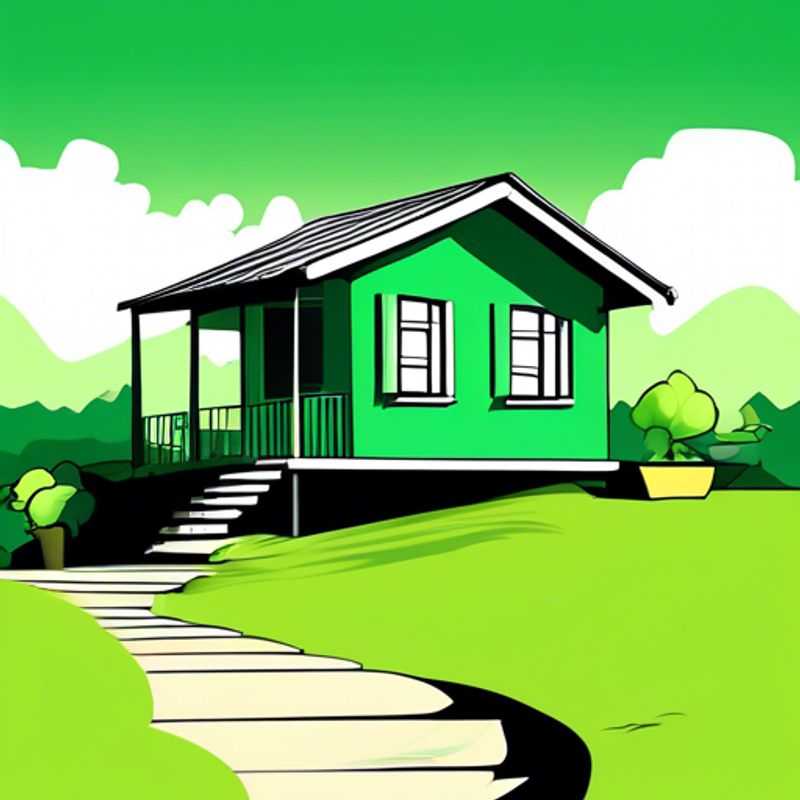
Designing Your Dream: Choosing the Perfect Size and Spot for Your Small Greenhouse
Determining the ideal size and placement of a small greenhouse is crucial for maximizing plant growth and minimizing costs. The first step is to assess your available space. Consider the dimensions of your yard or garden and the desired footprint of the greenhouse. If you have limited space, consider a lean-to greenhouse which attaches to an existing structure. Remember to factor in space for access and movement around the greenhouse.
Sunlight exposure is paramount. The greenhouse needs at least six hours of direct sunlight daily, preferably more. Orient the greenhouse to face south in the Northern Hemisphere or north in the Southern Hemisphere to capture maximum sunlight. Avoid placing it near trees or buildings that can cast shade.
Consider the type of plants you wish to grow. Some require more sunlight or space than others. A larger greenhouse can accommodate a wider variety of plants, including taller species. Remember to factor in ventilation and temperature control, which can be more challenging in larger structures.
Finally, assess your budget. Greenhouse kits come in various sizes and materials, with prices varying accordingly. Consider the long-term cost of operation, including heating and cooling. A small, well-placed greenhouse can provide a significant return on investment through the enjoyment of fresh, homegrown produce, flowers, and herbs.
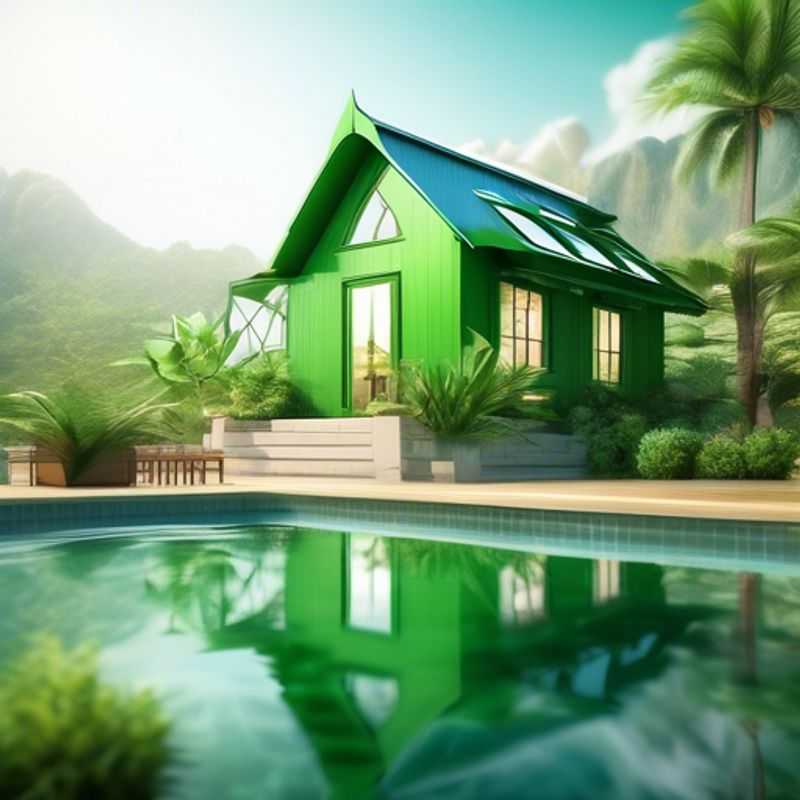
Choosing the Right Material: A Guide to Small Greenhouse Structures
Choosing the right material for your small greenhouse is crucial, as it affects light transmission, durability, and cost. Here's a quick overview of common options:
Glass: The classic choice, offering excellent light transmission, but also prone to breakage and higher cost. It's best for serious gardeners seeking optimal light conditions.
Polycarbonate: Durable, lightweight, and less likely to break than glass. It transmits good light but might slightly distort colors. A cost-effective option for most gardeners.
Polyethylene: The most budget-friendly option, but with the lowest light transmission and lifespan. Useful for short-term growing or as a temporary cover.
Consider your budget, growing needs, and climate when making your choice. Remember: research specific products within each category to find the best fit for your greenhouse!
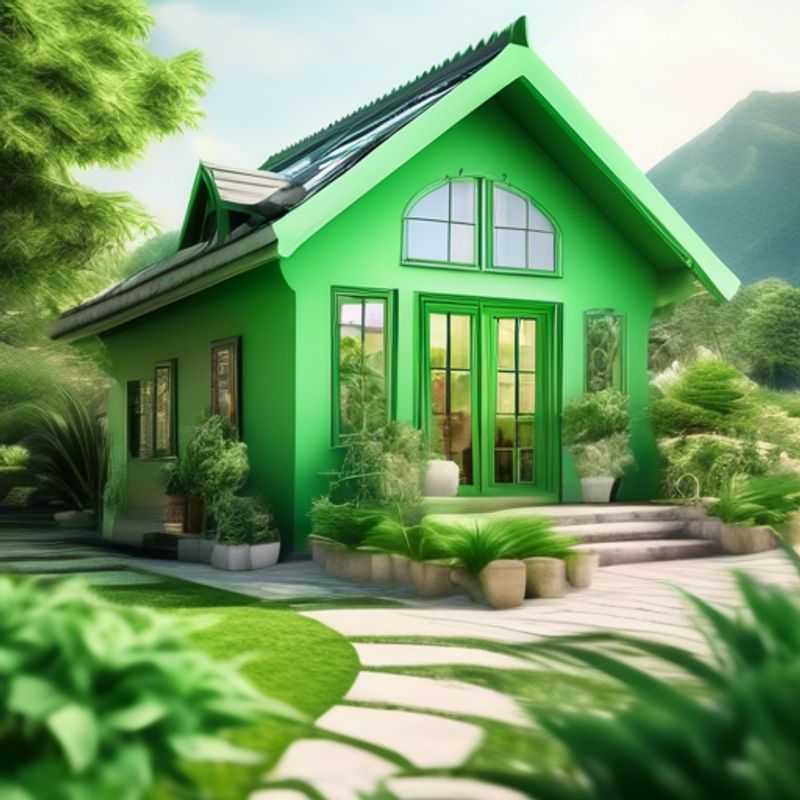
Greenhouse Design: Tailoring to Your Climate and Weather
Greenhouse design needs to align with your local climate. Location matters! Think of the sun's path and your area's average temperatures and rainfall. Do you have lots of sunshine or do you experience extreme heat? These factors play a crucial role in choosing the right greenhouse design and features.
Sunlight is key. A greenhouse facing south (in the Northern Hemisphere) maximizes sun exposure. In hot climates, you might want to consider a greenhouse with shade screens to prevent overheating. Also, consider ventilation. Good airflow is vital for regulating temperatures and preventing mold growth. In cold regions, double-walled panels and heating systems can help keep things cozy inside.
Climate-specific design is essential. In areas with frequent rain, you might need a robust roof and a system for collecting rainwater. If you experience high winds, a sturdy frame and anchoring are essential.
Don't forget the details. Choosing the right materials, such as glass, polycarbonate, or polyethylene film, depends on your climate and budget. You'll also need to consider what type of heating and cooling systems are necessary. Research local regulations about greenhouse construction permits.
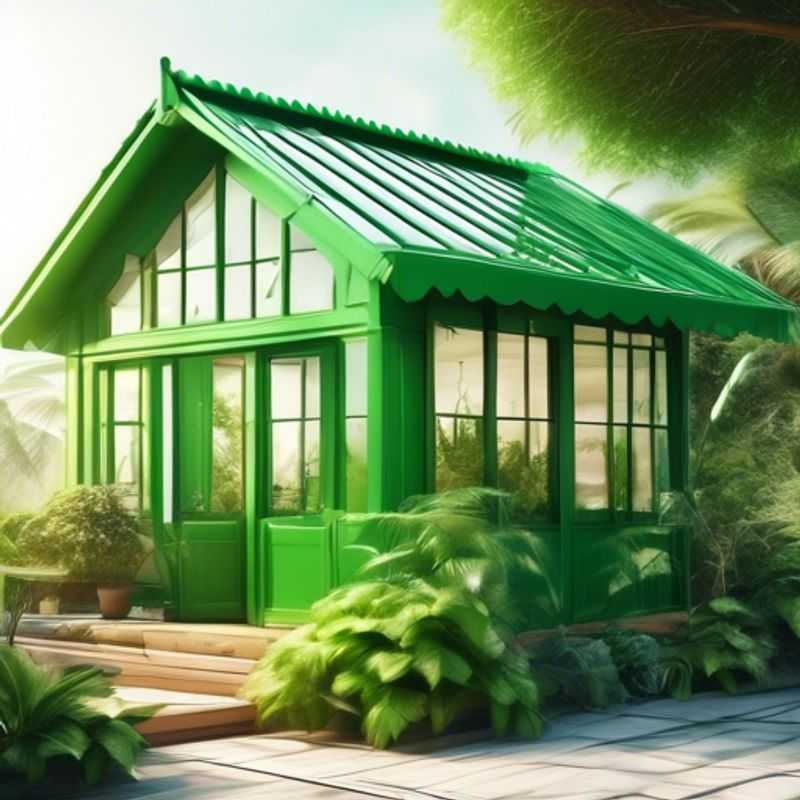
Cultivating Health: Ventilation and Temperature Control for Optimal Plant Growth
Maintaining a healthy growing environment is crucial for optimal plant growth and yield. Ventilation and temperature control are essential components in achieving this goal. Proper ventilation ensures adequate airflow, removing excess humidity and carbon dioxide while introducing fresh air. This helps prevent diseases and promotes healthy plant development.
Temperature control is equally important, as plants have specific temperature ranges for optimal growth. Maintaining a consistent temperature within this range is essential for maximizing photosynthesis and overall plant health.
When designing or evaluating a growing environment, consider factors like:
1. Plant species: Each plant species has unique temperature and humidity requirements.
2. Growing stage: Different stages of plant growth require varying environmental conditions.
3. Climate: The local climate influences the need for heating or cooling systems.
4. Space size: Larger growing spaces require more powerful ventilation and temperature control systems.
5. Budget: There are various ventilation and temperature control options available, each with its own cost implications.
Investing in quality ventilation and temperature control systems can significantly improve plant health and yield. It is crucial to consider the specific needs of your growing environment and choose the most appropriate equipment for optimal results.
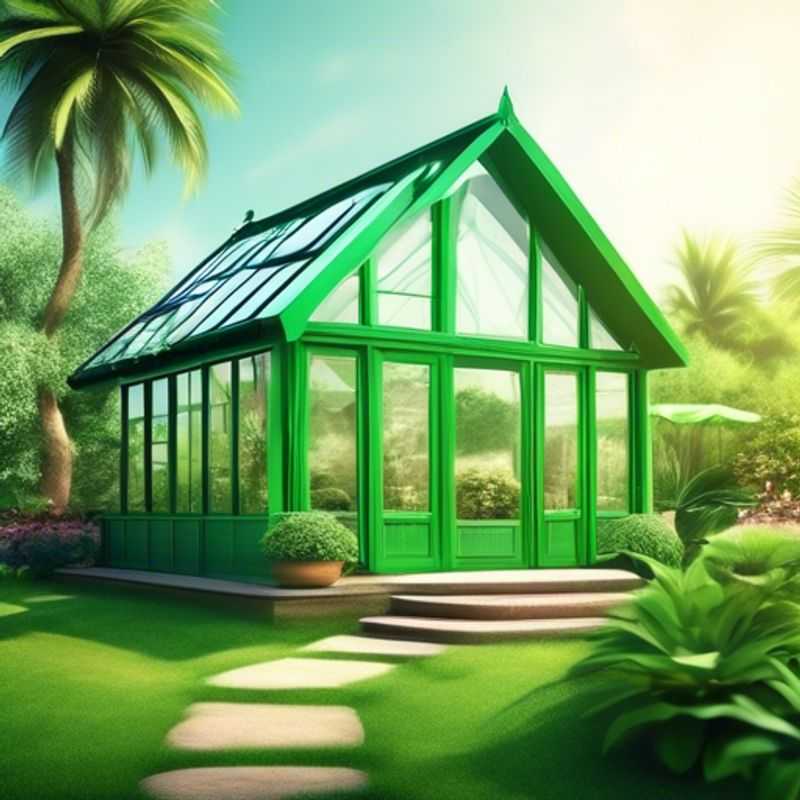
Green Thumbs Up: A Guide to Maintaining Your Tiny Greenhouse
A small greenhouse is a wonderful way to extend your growing season and nurture your plants. But, just like any garden, it requires regular maintenance and care to thrive. Here’s a quick guide to help you get started.
Watering:Consistent watering is key. Don't overwater, but make sure the soil is evenly moist. Consider a watering system to make things easier.
Pest Control: Regularly check your plants for any signs of pests or diseases. Early detection is crucial! Use natural methods like insecticidal soap or neem oil for pest control. Avoid using harsh chemicals, which can harm beneficial insects and pollute the environment.
Cleaning: Keeping your greenhouse clean is important for preventing disease and ensuring healthy growth. Regularly wipe down surfaces, including shelves, benches, and windows. Clean your tools after each use and remove any debris from the floor.
Other Considerations: Ventilate your greenhouse regularly to avoid overheating. Monitor the temperature and humidity levels. If you’re growing in a cold climate, consider adding supplemental heat sources like a space heater or heating mats. Remember, a healthy greenhouse is a happy greenhouse, and with a little effort, you can create an optimal growing environment for your plants.
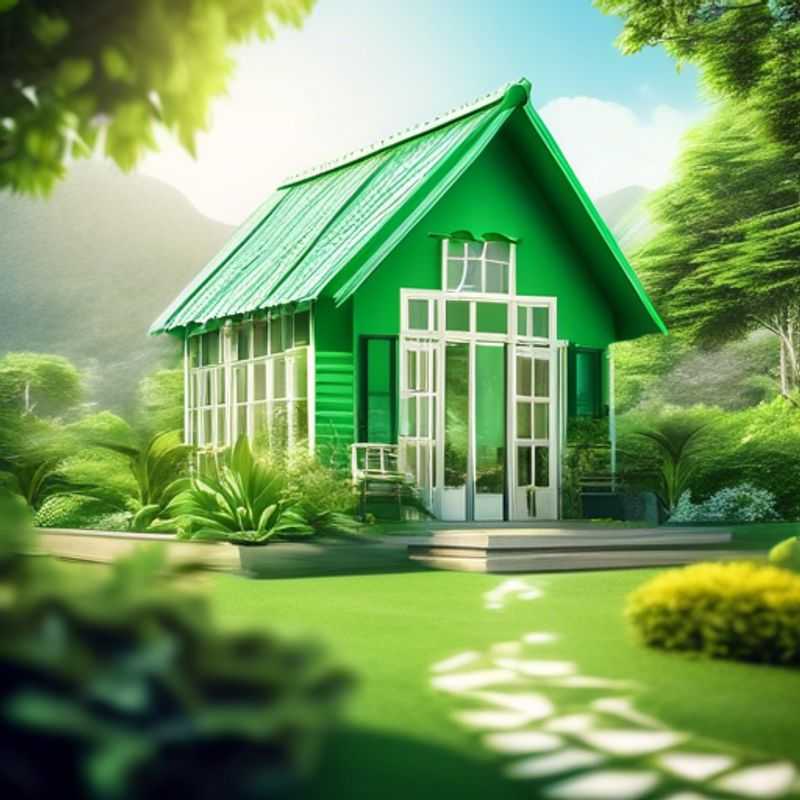
Green Thumbs and Legal Ground: Navigating Permits for Your Backyard Greenhouse
Before you start building your dream greenhouse, it's crucial to understand the local regulations and permits that may apply. These vary widely depending on your location, so a quick check is always a good idea.
Think of it as a friendly conversation with your local government, ensuring you're building your greenhouse safely and legally.
Here’s what you need to consider:
Zoning Regulations: Check if your property allows for agricultural structures like greenhouses. Some areas might have restrictions on size, location, or even the types of plants you can grow.
Building Permits: Depending on the size and complexity of your greenhouse, a building permit might be required. This ensures the structure meets safety standards and complies with local building codes.
Setback Requirements: These rules specify how far your greenhouse must be from property lines, roads, and other structures.
Water Usage: Local regulations might govern water usage for irrigation, especially during drought seasons.
Environmental Impact: Some jurisdictions may have regulations regarding the environmental impact of your greenhouse, particularly if it involves pesticide or fertilizer use.
Fees: Expect to pay fees associated with permits, inspections, and potentially, environmental impact assessments.
You can find this information on your local government website or by contacting your city's planning or building department. They're your best resource for understanding the specific regulations and permits you'll need.
It's a good idea to consult an architect or engineer if you're unsure about your local building codes. They can help you design your greenhouse to comply with all regulations and provide you with peace of mind.
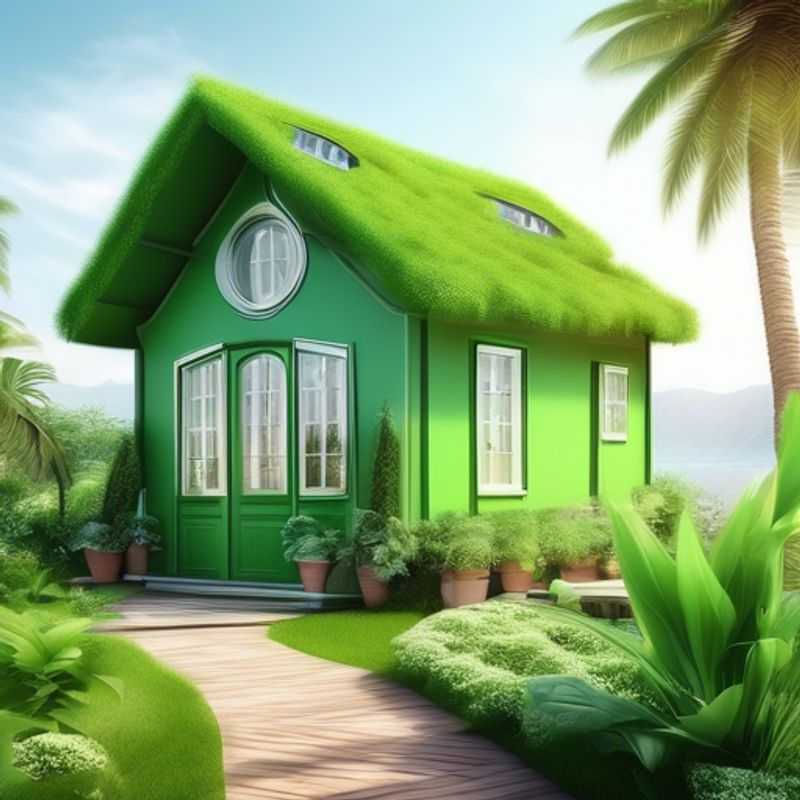
Planning Your Greenhouse Garden: Selecting the Right Plants for Success
Creating a plan for your greenhouse crops is crucial for success. First, understand your greenhouse's environmental parameters: temperature, humidity, light, and ventilation. These factors directly influence plant growth.
Next, select plants that thrive within your greenhouse's conditions. Research each plant's optimal temperature, humidity, and light requirements. For example, tropical plants need high humidity and warmth, while desert plants prefer arid conditions.
Consider your greenhouse's size and layout. Choose plants that can fit comfortably within the available space. You'll also want to think about spacing, as plants need room to grow and thrive.
Assess your time commitment. Some crops are more demanding than others. Factor in watering, fertilization, and pest control. Choose plants that align with your available time and resources.
Don't forget to research potential diseases and pests common to your region and chosen crops. This will help you plan preventive measures and identify potential issues early on.
Consider your financial resources. Purchase only the necessary tools and materials to get started, and budget for ongoing expenses like fertilizer and seeds.
By creating a plan that aligns with your greenhouse's environment, plant choices, and personal resources, you'll set yourself up for successful greenhouse gardening.
